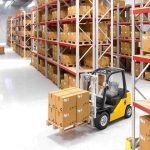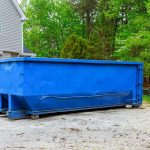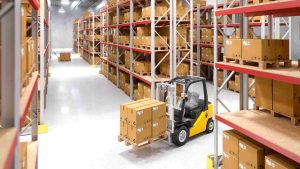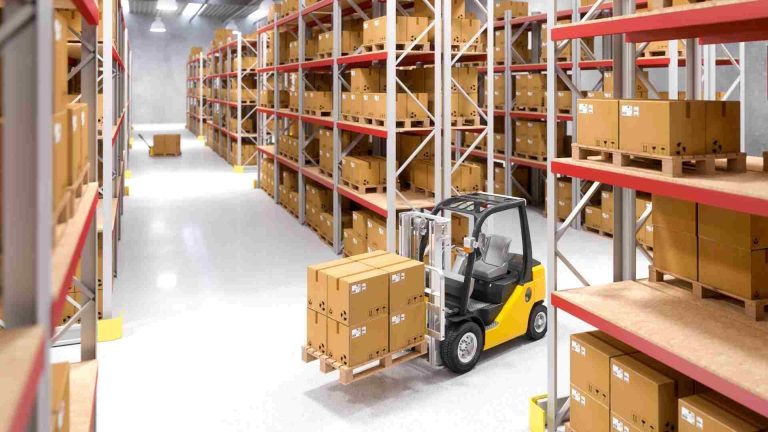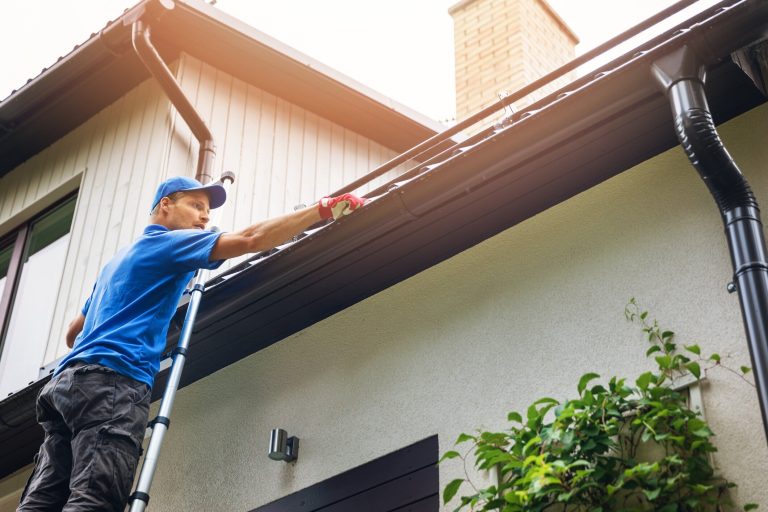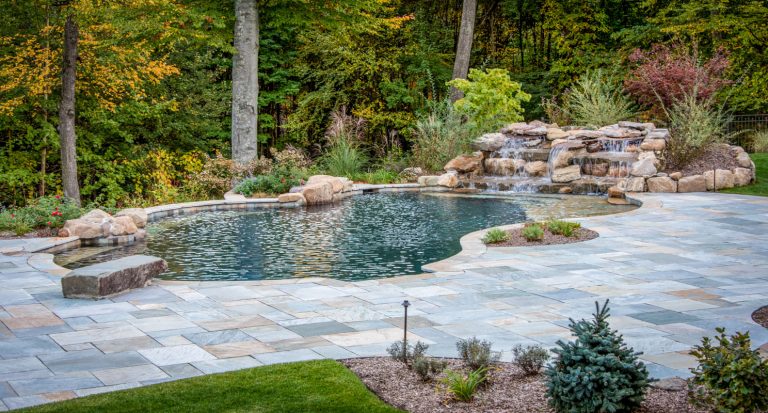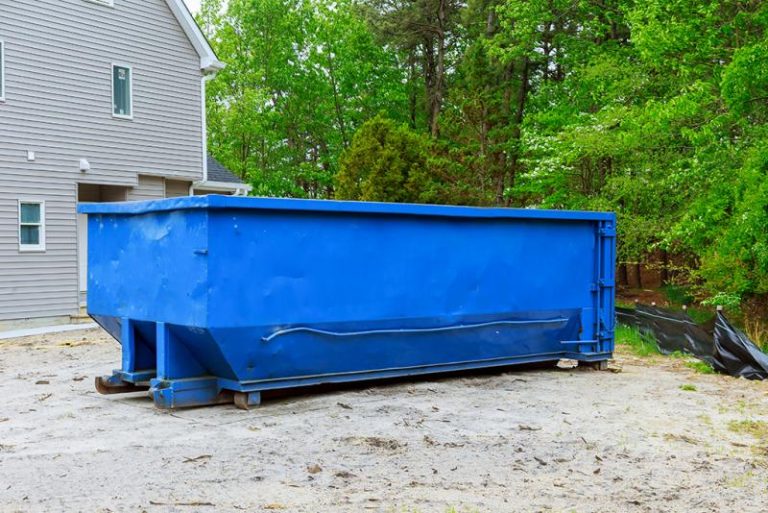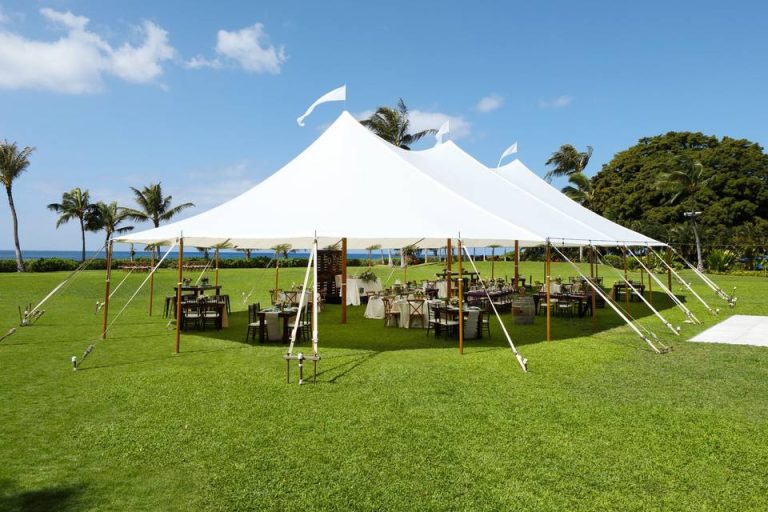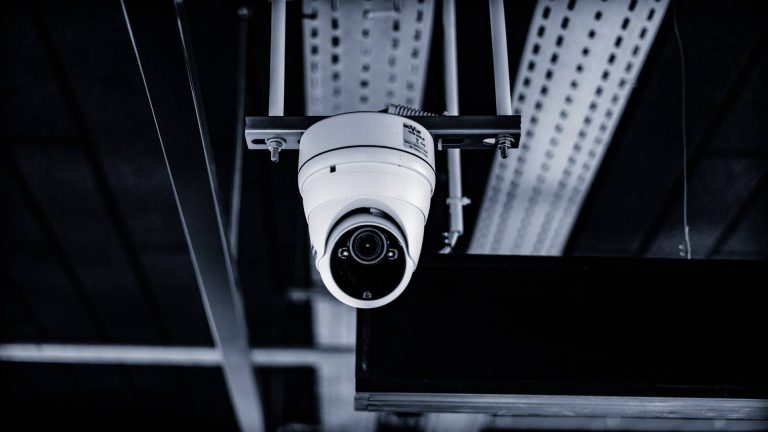Die-casting is a kind of manufacturing process that produces accurately dimensioned, smooth textured, and sharply defined metal parts. The process is carried out by pushing the molten metal under very high pressure to cast into metal dies. There are two ways in which die casting can be done. Warm chamber and cold chamber die casting about which you will know in details here.
What is a cold chamber die casting?
If you don’t know what it is, you will. Cold chamber die-casting is a permanent metal casting process using a reusable mould and gating system and others.
The steel metal blocks made up the mould which can be opened and closed into two halves. The molten metal applies very high pressure on the mould. That’s why it needs to be clamped using a machine called die-casting machine.
The process of cold chamber die casting
The cold chamber is also known as the shot chamber and is located at the mould’s entrance. A piston is attached to the chamber that is connected with the power cylinder. At the inner surface of the mould, a lubricant is applied to avoid the molten metal from sticking.
Next, the molten metal is poured into the cold chamber with the help of an external instrument. The piston moves forward pushing the mould into the cavity. The high pressure exerted by the piston forces the mould to fit even in smaller places, and thus, the surface details are achievable.

The last step
Once the metal solidifies, the mould is opened for extracting the castings out. To remove the solidified metal, ejector pins are used. And the whole process is repeated again.
Benefits of cold chamber die casting
There are some benefits of cold chamber die casting that you will not find with warm chamber manner and they are:
- Low machining requirements
There is no need for advanced machinery in the cold chamber process. The parts obtained from this process also need minimal post finishing before they are put to use.
- Dimensional accuracy
The most significant advantage of this process is that it gives excellent surface finishing to the metal. There is no need for finishing operations like polishing or machining.
- Short cycle times
The process requires a short time for one cycle and thus increases productivity.
- The versatility of alloy options
Various metal alloys can be used for the cold chamber process. The metal with high plasticity and low fluidity with excellent mechanical properties is the right fit.
Moreover, the cold chamber process allows equal distribution of the molten metal in the cavity.


